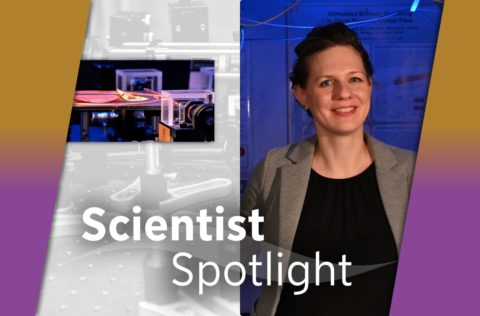Birgit Stiller
Birgit Stiller is an independent group leader at the Max Planck Institute for the Science of Light. Previously, she has been a postdoctoral researcher at the University of Sydney in Australia for 4 years on the subject of integrated photonic circuits. Before that, she was a postdoc in quantum optics and communications in Erlangen. She did her doctoral studies at the FEMTO-ST optics institute Besancon, a relatively small town in France. But even if spending many years in France and Australia, she is a local: She was born in Nürnberg.
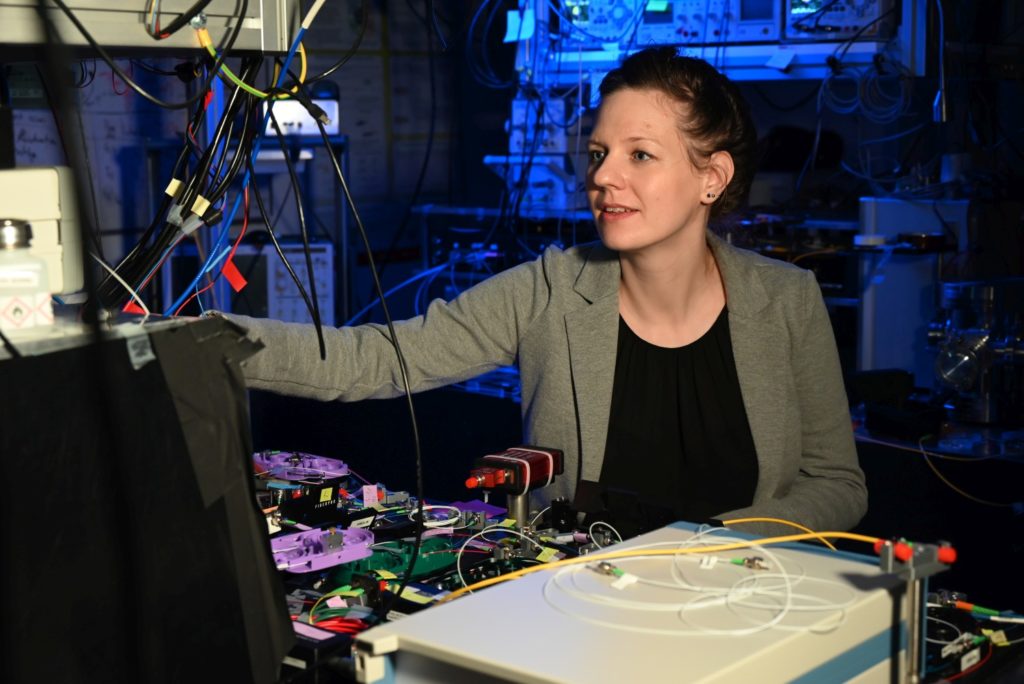
Her central research topic is the interaction of light and sound in waveguide structures. This involves knowledge from nonlinear optics, quantum optics and communications, nanomechanics, fiber optics and more. There are many challenges, such as getting optical and acoustic waves to interact strongly and performing stable experiments with either a complex optical signal structure, complicated waveguide structure or a challenging environment like low temperatures or high pressures.
Recently, Birgit Stiller’s group published on a Nonreciprocal vortex isolator via topology-selective stimulated Brillouin scattering. Optical vortex modes possess a helical optical phase distribution and therefore offer an additional degree of freedom for multiplexing optical signals. This may improve optical communications or quantum information processing in the future. Using sound waves that propagate only in one direction allows to break the light transmission reciprocity for chosen optical vortex modes. This means that forward and backward propagating optical waves behave differently. It therefore enables the suppression or amplification of specific optical vortexes in photonic crystal fibers. The sound waves emerge from an optoacoustic effect, namely the topology-selective Brillouin-Mandelstam scattering: a well-designed control light is coupled to the fiber and induces acoustic vibrations in the medium.
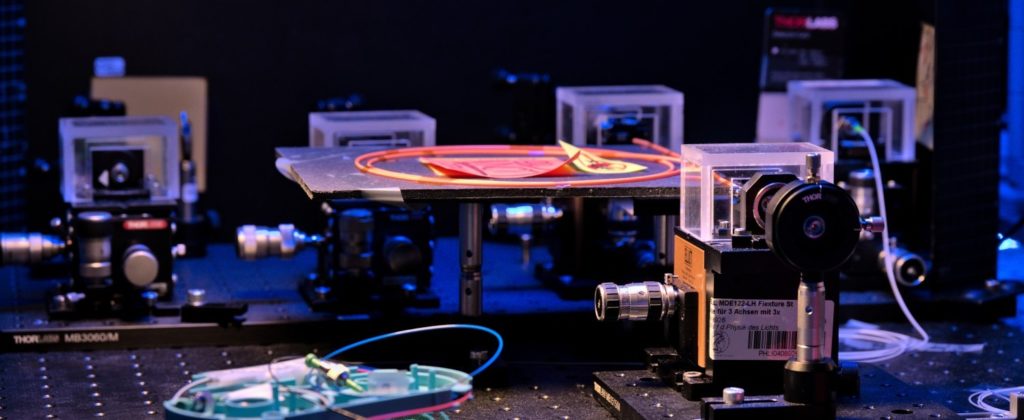
Our research on light interacting with mechanical and acoustic waves falls into the greater challenge of realizing quantum technologies and efficient computing leading to new machine learning approaches. Mechanics, the probably oldest discipline in physics, provides a new degree of freedom in terms of sensitivity, dissipation and information propagation speed. It can therefore enable functionalities for signal processing, quantum storage and computing that are not possible with other approaches. The question to answer is probably: what’s the limit? The limit in terms of: efficiency, additional noise sources, reach in distance for example for secure quantum communication, etc. From a fundamental view point, some processes are not yet fully clear, for example which are the different contributions that lead to the dissipation we experimentally observe.
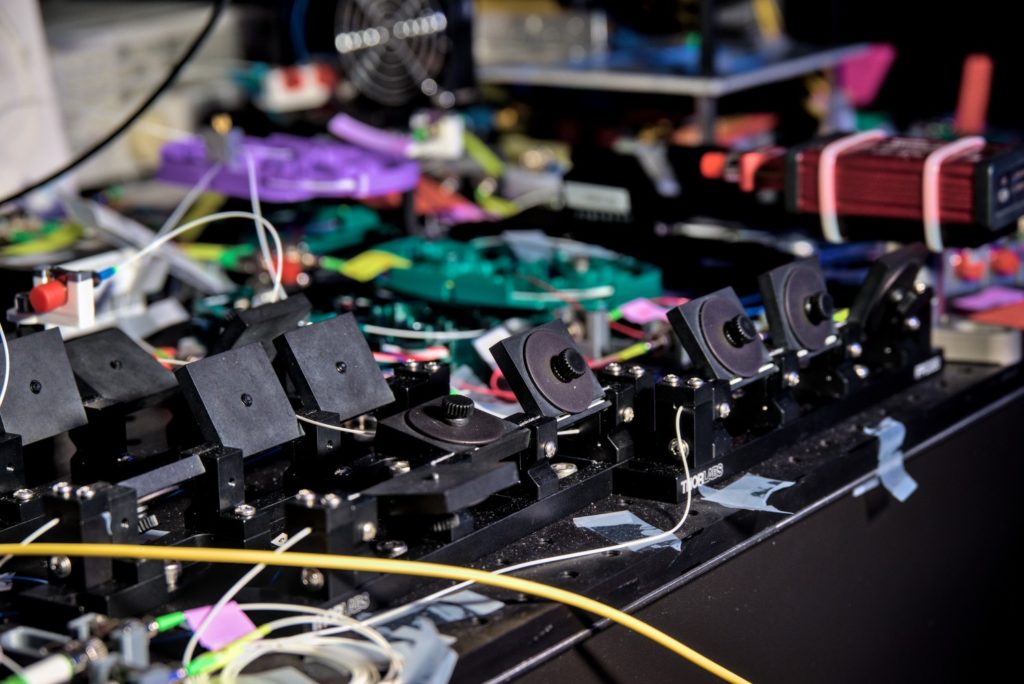
This happened during the last two years of my undergraduate studies when I was involved in a research project for the first time (a big thank you to my supervisor at that time). The art of doing experiments and the try-failure-success of experimental work in order to obtain new insights and observe new physics always fascinated me.
Starting my own group with my ideas and hiring the team that we are right now. Also, every time when an experiment worked out which was previously meant to be difficult to realize.
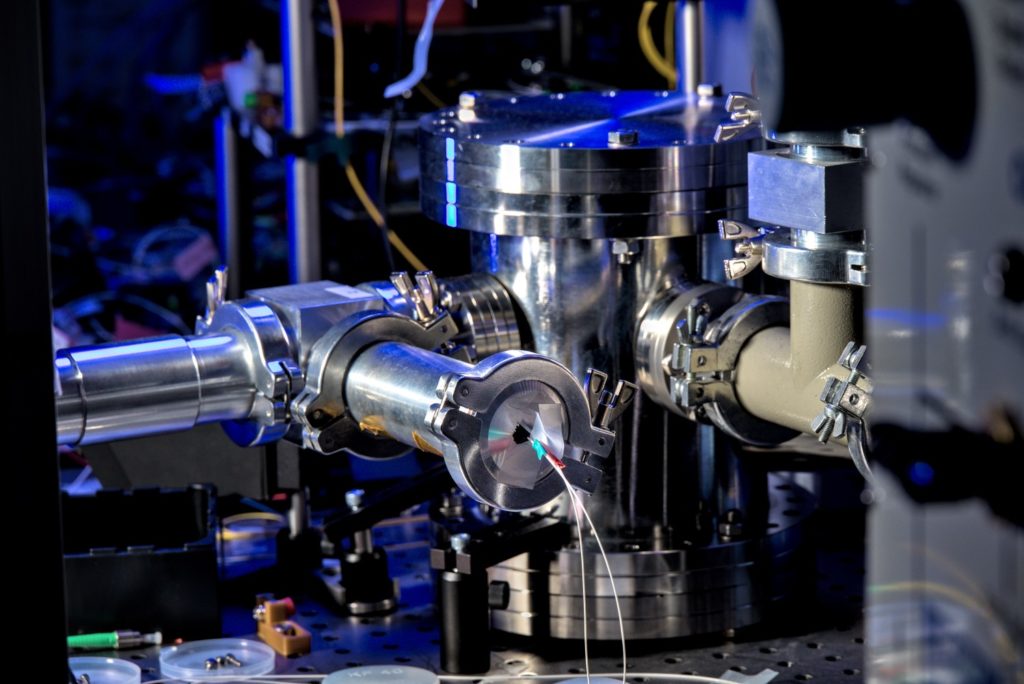
Many groups, many directions, a lot of exchange, great students and colleagues!
Get to know the different groups, browse through their websites and contact the researchers in whose research you are interested in.
